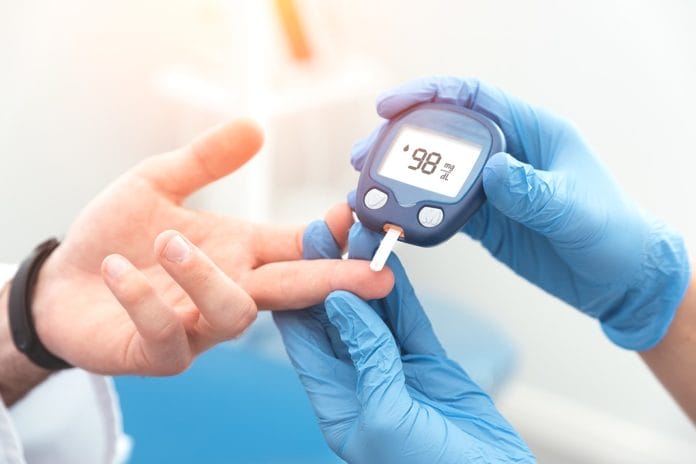An estimated 10 percent of the population, or roughly 100 million Americans, have diabetes or prediabetes according to the Centers for Disease Control and Prevention (CDC). Due to this alarming trend, research institutions are making a serious effort to learn more about the chronic condition and find a cure.
Now there may be evidence that people with undetected glucose disorders run a higher risk of both myocardial infarction and periodontitis. The study, which was conducted at the Karolinska Institutet in Sweden, was published in Diabetes Care under the title “Undetected Dysglycemia an Important Risk Factor for Two Common Diseases Myocardial Infarction and Periodontitis: A Report from the PAROKRANK Study.” The Swedish Heart and Lung Foundation, the Swedish Research Council, and Region Stockholm provided grants for the study.
Background Information on Diabetes
The Diabetes Research Institute Foundation states that diabetes is a chronic condition where a patient suffers from elevated blood sugar levels. This can make it difficult for the patient’s own body to make or use its own insulin. Insulin is a hormone that allows your body to convert carbohydrates into sugar or glucose for energy or to store it in the body for future use. It also helps regulate blood sugar levels so that it remains steady and doesn’t go up too high or low.
Patients with diabetes are usually placed into two categories, Type 1 or Type 2 diabetes. Type 1 diabetes is widely considered to be the most severe form of the disease since the body can no longer produce its own insulin. Patients must inject themselves with insulin every day in order to stay healthy. When patients with Type 1 diabetes are left untreated, the elevated blood sugar levels can harm various organs, including their kidneys and heart.
Roughly 10% of people have Type 1 diabetes, while 90% are diagnosed with Type 2. Usually, adults over the age of 35 develop this form of diabetes, although children and teenagers are now starting to show signs of developing Type 2 diabetes due to poor dietary choices and a sedentary lifestyle. Patients with Type 2 diabetes usually do not have to take insulin injections but have to improve their diet and exercise.
The Research Findings
Scientists at the Karolinska Institutet in Sweden have discovered that patients with undetected glucose disorders have a higher chance of experiencing myocardial infarction and periodontitis.
Originally, the researchers wanted to examine the possible relationship between myocardial infarction, periodontitis, and dysglycemia (prediabetes or diabetes). Previous studies have shown that patients who suffered a heart attack were more likely to develop diabetes and that poor oral health was associated with a higher risk of myocardial infarction and lower glucose tolerance.
For the study, the Swedish scientists used data from another study that included over 800 patients who had suffered from a myocardial infarction. They grouped the patients into categories based on their gender, age, and where they lived. Next, they reviewed their dental radiographs and glucose levels. Once they removed 100 patients who were already diagnosed with diabetes, they closely studied which patients had normal, lower, and higher glucose levels.
By the end of the study, the researchers found that it twice as common for myocardial infarction patients to have undetected dysglycemia or glucose disorders. They also found that undetected diabetes was linked to severe periodontitis. In short, the elevated glucose levels greatly increased the risk of a patient having their first myocardial infarction and severe periodontitis.
Based on their findings, professionals in the medical industry should further investigate the link between periodontitis, myocardial infarctions, and diabetes. Doctors should also try to collaborate with their patients’ dental providers to help screen for diabetes and periodontitis at the same time.











